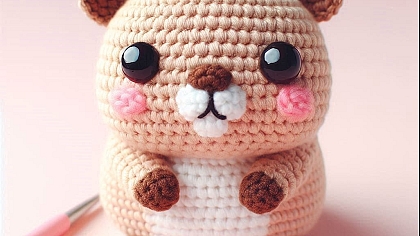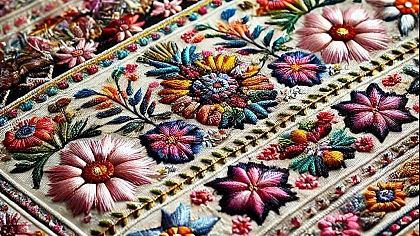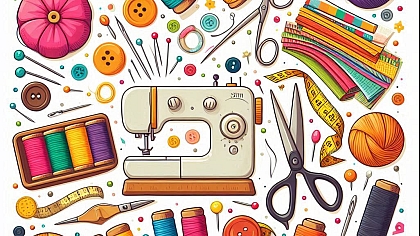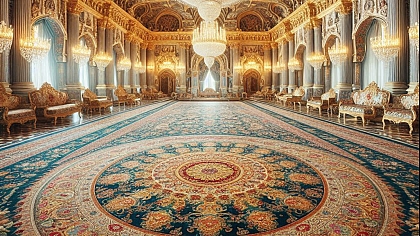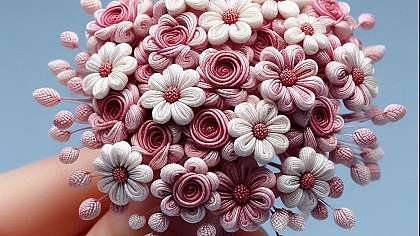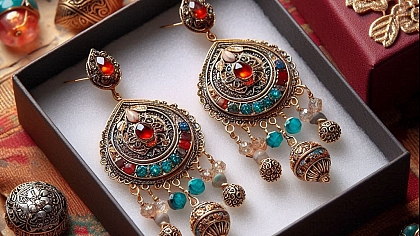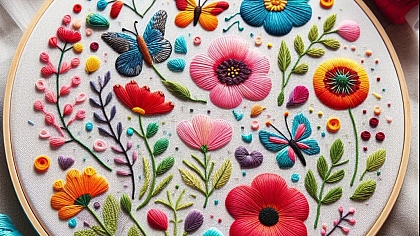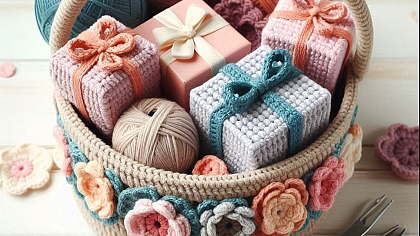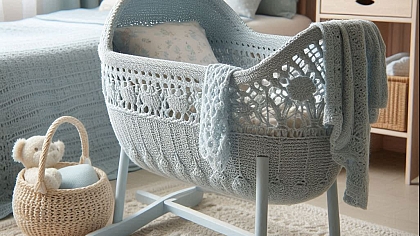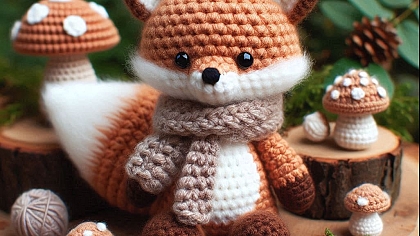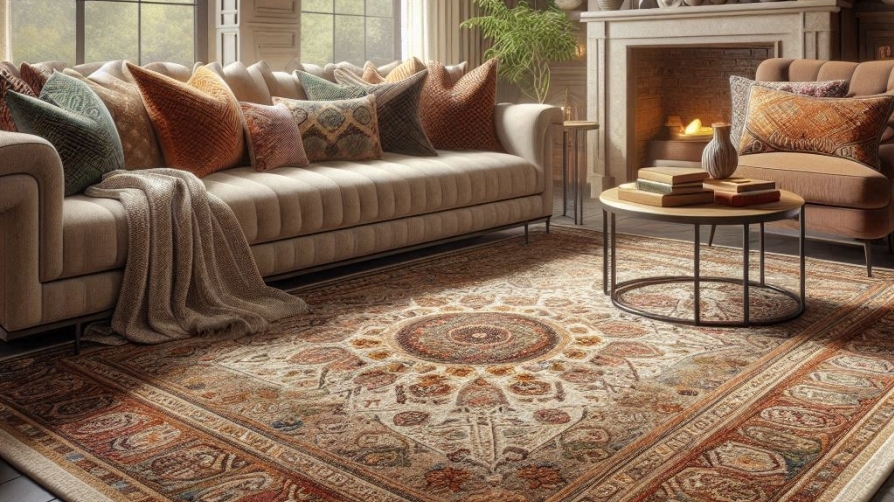
Handmade Textiles: The Allure of Artisanal Weaving
In the heart of the artisan's workshop, weaving holds a special allure, evoking ancient rhythms and a deep connection to tradition, community, and craft. With each movement of the shuttle and press of the loom’s pedal, threads unite to create a fabric that carries the spirit of the weaver’s hands, heart, and heritage. Artisanal weaving is not merely about creating textiles but is a meticulous journey through patterns, colors, and textures that have evolved over centuries, merging the ancient with the contemporary. This tradition connects makers to the past, and each handmade textile tells a story that speaks to the depth and beauty of woven art.
The Art of Choosing Fibers: A Journey Through Texture and Tradition

Selecting the fiber is the foundation of any woven textile, an art in itself that requires the weaver’s skill and understanding of texture, color, and purpose. Cotton is a classic choice, celebrated for its strength and versatility; it has been a staple for centuries, making it suitable for everything from durable rugs to fine garments. Linen, with its slight sheen and natural resilience, brings a rustic yet refined quality to textiles, often used in home goods and clothing that benefit from its breathability. Wool, known for its warmth and elasticity, offers a softer, cozier texture, ideal for blankets, scarves, and tapestries that bring warmth to any space. Then, there is silk, the pinnacle of luxury, offering an exquisite texture and unmatched luster that seem to catch and reflect light with every weave. Each fiber not only serves a functional purpose but also speaks to the textile’s personality and story.
The process of choosing fiber is an intimate one, rooted in the weaver’s knowledge of the textile’s intended purpose and the desired aesthetic. Fibers are examined, tested for strength, and dyed to achieve the perfect hue. Traditional weavers may use natural dyes derived from plants, flowers, and minerals, creating a palette that echoes the colors of nature. Each dyeing process, especially with natural dyes, is unpredictable and unique, often varying based on local water, temperature, and dye concentration, making every batch of yarn distinctive. Once dyed, these fibers are set to dry, often revealing subtle shifts in color that give woven textiles their unique vibrancy and character.
In choosing fibers, a weaver also considers the technique they will use and the heritage of their craft. Some fibers are better suited for specific weaving methods; for example, tightly spun cotton and linen are excellent for intricate, precise patterns, while wool’s softness and elasticity lend themselves to free-flowing, layered designs.
The Loom: Heart of the Artisan’s Workshop
The loom is central to weaving, both in function and in spirit. This ancient tool, often crafted by hand and passed down through generations, is what enables the weaver to translate their vision into fabric. Each type of loom has its unique attributes, with different models suiting various weaving techniques and materials. The basic structure of the loom, whether it be a simple backstrap loom or a large floor loom, holds the warp threads under tension, allowing the weaver to interlace the weft threads.
Traditional looms, especially those still used in indigenous and rural communities, carry an air of heritage that is hard to replicate in mechanized environments. A backstrap loom, for instance, requires the weaver to sit close to the loom with the warp threads secured to their body, making it a deeply personal process. Floor looms, on the other hand, bring a sense of structure and precision to the process, allowing weavers to create larger, more intricate textiles.
Working on the loom is both physically engaging and mentally absorbing, requiring focus, rhythm, and skill. The weaver’s feet control the treadles, raising specific warp threads, while their hands maneuver the shuttle, weaving the weft through. Every action is deliberate, and with each pass, the fabric begins to take form, growing inch by inch. The loom becomes an extension of the weaver, responding to each movement, to create the final textile.
Patterns and Techniques: A Language of Culture and Craft

Patterns in weaving hold a profound significance, often reflecting the weaver’s cultural heritage, personal stories, and local landscapes. Traditional patterns, like those found in the intricate ikat designs of Southeast Asia, Navajo blankets from the American Southwest, or Ghanaian kente cloth, represent unique cultural histories and techniques passed down through generations. These patterns tell stories of ancestors, seasons, ceremonies, and myths, imbuing each textile with a language that extends beyond its visual beauty.
Artisanal weaving also involves diverse techniques, each with its own characteristics and historical roots. The plain weave, one of the simplest techniques, results in a sturdy and durable fabric with a checkerboard appearance. Twill weave, known for its diagonal ribbing, provides added flexibility and texture, making it ideal for garments. The satin weave, with its smooth surface and lustrous finish, is used in more luxurious textiles, often reserved for ceremonial or decorative purposes. Complex techniques such as tapestry and brocade allow weavers to create elaborate images and designs, using multiple colors and textures to add depth and richness to the textile.
Each pattern and technique brings its own challenges, requiring patience and precision. In traditional settings, a weaver may spend months perfecting a single piece, ensuring that every thread is meticulously placed to create a cohesive and balanced design. This dedication not only demonstrates the weaver’s commitment to their craft but also adds to the textile’s value and uniqueness, creating a piece that is truly one of a kind.
The Rhythm of Weaving: Meditative Movements and Focused Craftsmanship
Weaving is often described as a meditative process, a rhythm of movements that allows the weaver to enter a focused state of mind. The repetitive actions of lifting the warp threads, passing the shuttle, and beating down the weft create a steady cadence, much like a heartbeat. This rhythm is both soothing and empowering, allowing the weaver to pour their energy and focus into each thread.
The rhythm of weaving also connects the weaver to the natural world. Many traditional weavers work with fibers and dyes that reflect the colors and textures of their local environment. This connection to nature is a grounding element in the weaving process, bringing the weaver closer to the cycles of growth, harvest, and creation that sustain their craft. Whether working in silence or accompanied by music, each weaver finds a unique rhythm that guides their hands and shapes their work.
This meditative quality of weaving is a crucial part of its allure, providing not only a creative outlet but also a space for reflection and tranquility. As the textile grows, the weaver becomes immersed in the process, finding joy in the creation of something tangible and lasting.
Artisanal Weaving Today: Blending Tradition and Innovation

Today, artisanal weaving stands at a crossroads, as contemporary weavers blend traditional techniques with modern innovations. While some weavers remain dedicated to traditional methods, others experiment with new materials, designs, and technologies, creating textiles that are both functional and artistic. Sustainable practices have also become central to modern weaving, with artisans using eco-friendly materials, natural dyes, and waste-reducing techniques to create textiles that are environmentally conscious.
Artisans are also finding new ways to share their craft with a global audience. Social media platforms and online marketplaces have given weavers a platform to showcase their work, connecting them with customers and collectors worldwide. This exposure has led to a renewed appreciation for handmade textiles, with more people recognizing the value of owning a piece of fabric crafted by hand.
In blending tradition with innovation, contemporary weavers honor the legacy of their craft while adapting to the needs of a modern world. This balance ensures that artisanal weaving remains a vibrant and evolving art form, celebrated for its cultural significance, beauty, and craftsmanship.
The Timeless Beauty of Handmade Textiles
The allure of artisanal weaving lies in its timeless beauty and the personal touch that each weaver brings to their craft. Each textile is a testament to the patience, skill, and creativity of the maker, carrying with it a sense of history and tradition. As we continue to embrace and support handmade textiles, we keep alive the stories, techniques, and cultures woven into every piece.
Artisanal weaving is more than just a craft; it is an expression of identity, culture, and connection to the natural world. Each textile, whether used as a garment, a decorative piece, or a symbol of heritage, brings warmth and character to our lives, reminding us of the beauty that lies in the handmade and the power of tradition.

